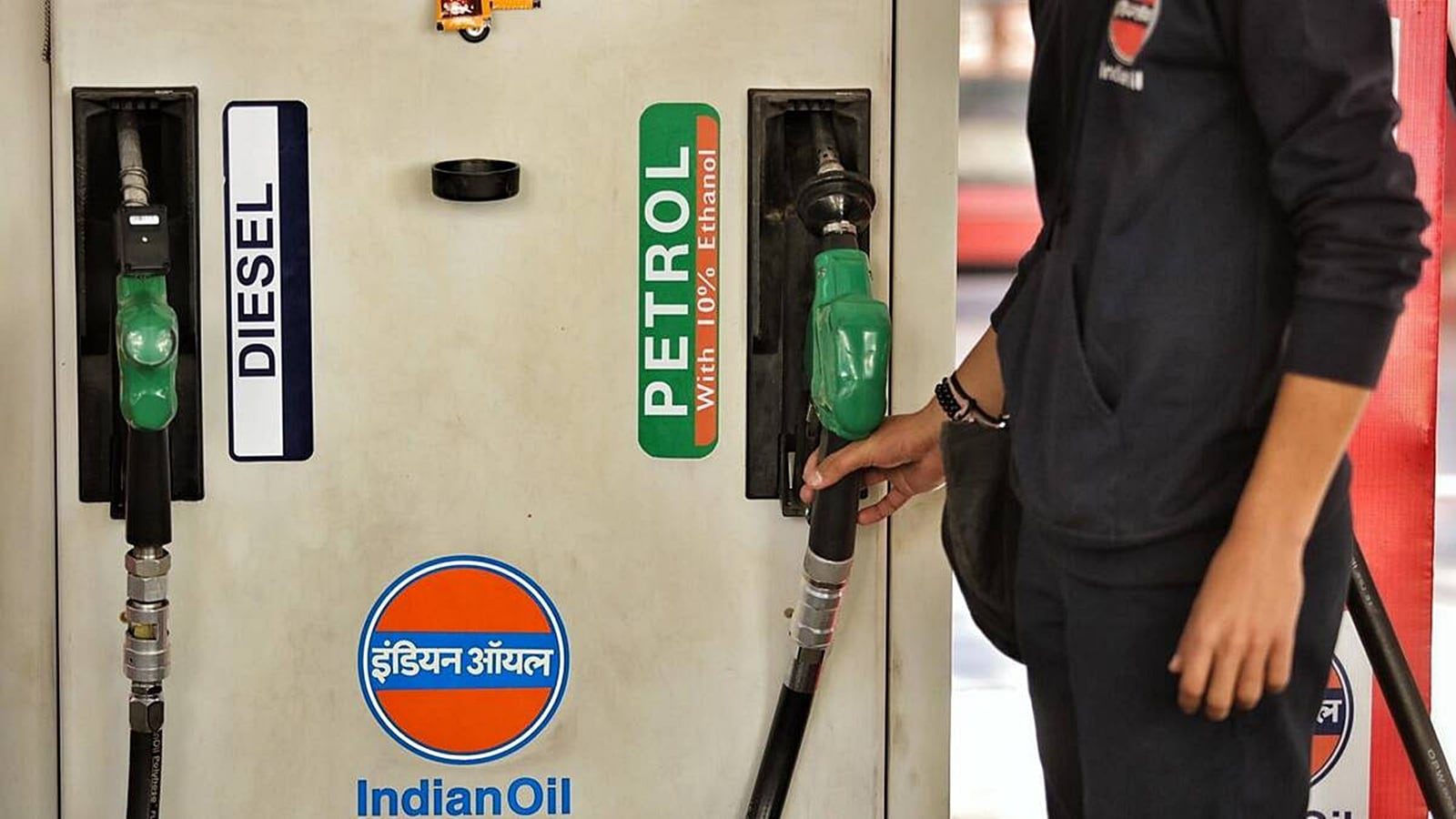India has billed its ambitious push for E20 petrol — 20 per cent ethanol blended fuel — and a progressive move towards E27 to be a green leap forward. For car owners, especially those driving older models, the transition is proving to be a leap of faith instead, amid growing concerns around falling mileage and potential engine damage. Sections of increasingly vocal vehicle owners are now saying they weren’t given a choice in this fuel transition or made aware of the potential ramifications of increased blending. A decades-long push for blended fuel in Brazil may have a template for how India could move forward.
Brazil’s widespread use of flex-fuel vehicles, strong government mandates, visible price incentives, and robust consumer education helped mainstream higher ethanol blends like E20 and above. The real question is whether India can learn from these strategies to boost E20 acceptance and effectiveness.
The Brazilian experience
Over the past five decades, Brazil has worked to create a viable alternative to petrol by using more sugarcane-based fuels in the mix. Brazil’s ethanol programme, which kicked-off in the 1970s, was in response to the uncertainties of the oil market.
At nearly every petrol pump in Brazil now, people have an option to either choose between blended petrol, which typically includes 18-27 per cent ethanol, and E100, which is pure hydrous ethanol.
Alongside that, Brazilians also got carmakers to usher in “flexible fuel” cars that run on either ethanol or petrol and allow the consumer to fill up with whichever option is cheaper – often ethanol, which is cheaper by 25-35 per cent compared to blended gasoline. This was done concomitantly with as fuel blends were increased from E10.
The flex fuel cars were a big hit with Brazilian consumers, largely because government price support made the blended fuel cheaper than petrol at the pump. Ethanol also improves acceleration, an advantage in a country where Formula One racing is a national obsession. By the late 1980s, nine out of every 10 new cars sold in Brazil ran on ethanol alone. When Brazilians drive to a fuel pump to tank up, they get a choice of fuel mixes at different price points. In India, that is far from the case.
In fact, all the while Brazil was focusing on blended fuel and ethanol, it implemented its policy in a phase wise manner, to ensure that people who had bought vehicles prior, did not feel at a disadvantage, given their vehicles may face greater harm by blended fuel.
Story continues below this ad
Forced transition, comparability issues
In contrast, India lacks flex fuel cars or vehicles, while there are concerns that filling E20 fuel in regular internal combustion engine vehicles older than 2023, could see quicker damage owing to factors like corrosion — ethanol has a higher water content — and a substantial drop in performance and fuel economy. Vehicle owners do not often even know the level of blending they’re receiving at a petrol pump, since very few of them…
Disclaimer
We strive to uphold the highest ethical standards in all of our reporting and coverage. We 5guruayurveda.com want to be transparent with our readers about any potential conflicts of interest that may arise in our work. It’s possible that some of the investors we feature may have connections to other businesses, including competitors or companies we write about. However, we want to assure our readers that this will not have any impact on the integrity or impartiality of our reporting. We are committed to delivering accurate, unbiased news and information to our audience, and we will continue to uphold our ethics and principles in all of our work. Thank you for your trust and support.
Website Upgradation is going on. For any glitch kindly connect at 5guruayurveda.com





